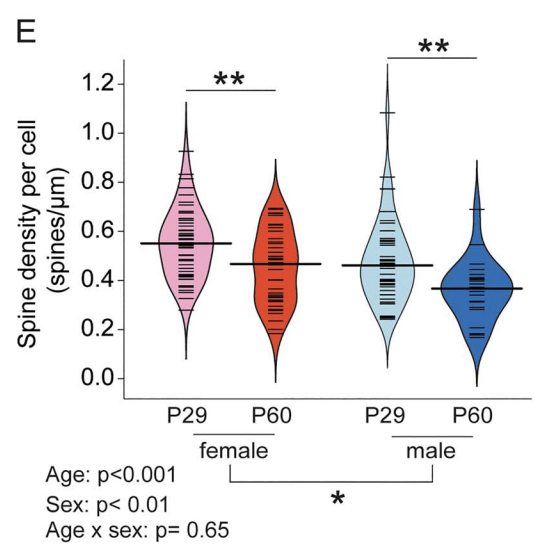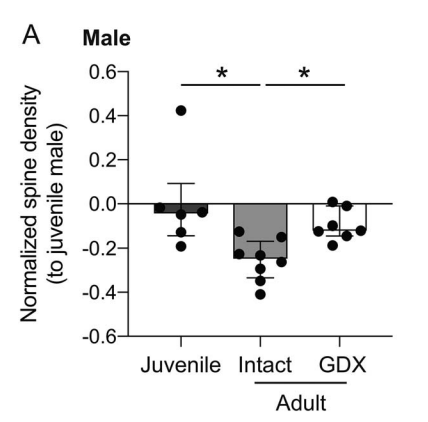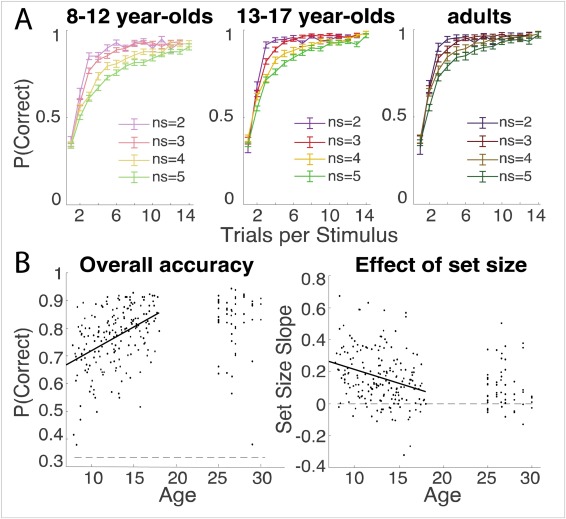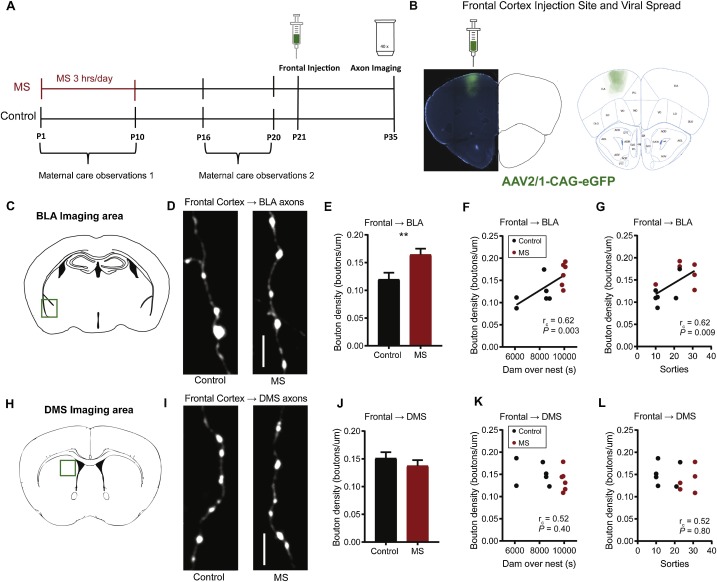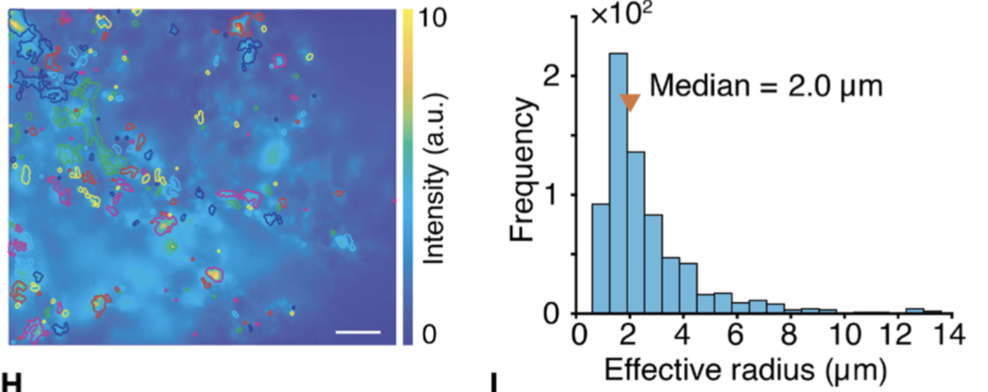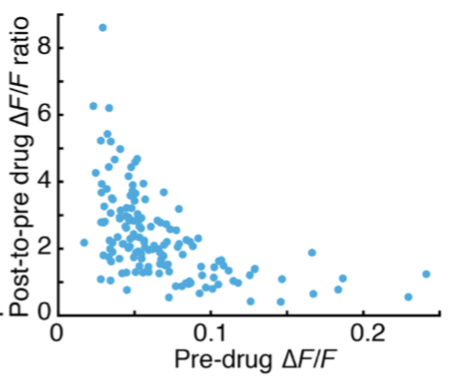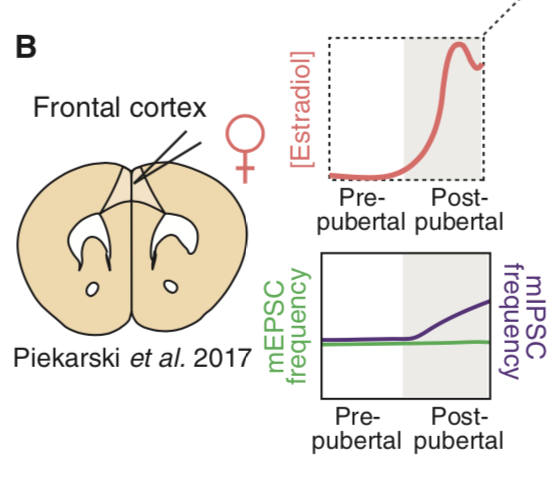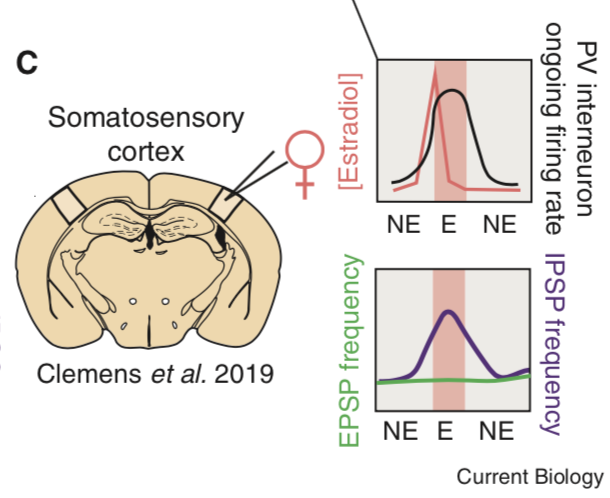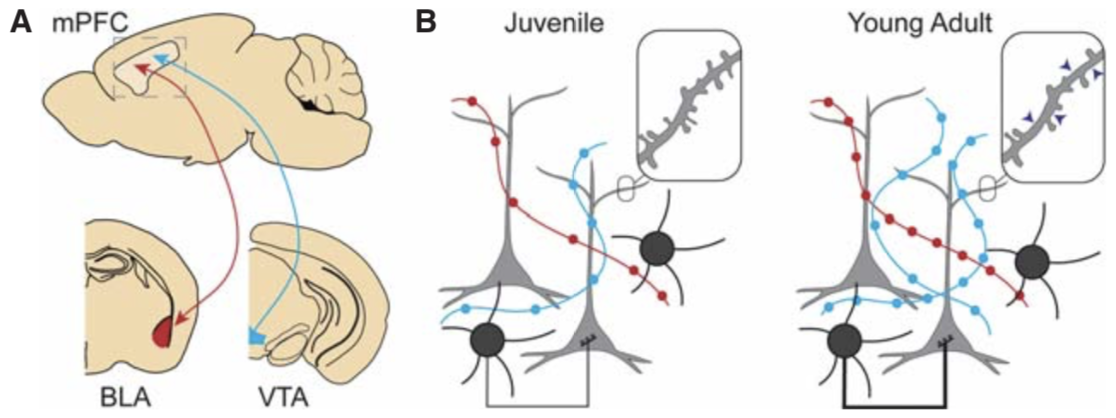Choice suppression is achieved through opponent but not independent function of the striatal indirect pathway in mice
The dorsomedial striatum (DMS) plays a key role in action selection, but little is known about how direct and indirect pathway spiny projection neurons (dSPNs and iSPNs) contribute to choice suppression in freely moving animals. Here, we used pathway-specific chemogenetic manipulation during a serial choice foraging task to test opposing predictions for iSPN function generated by two theories: 1) the ‘select/suppress’ heuristic which suggests iSPN activity is required to suppress alternate choices and 2) the network-inspired Opponent Actor Learning model (OpAL) which proposes that the weighted difference of dSPN and iSPN activity determines choice. We found that chemogenetic activation, but not inhibition, of iSPNs disrupted learned suppression of nonrewarded choices, consistent with the predictions of the OpAL model. Our findings suggest that iSPNs’ role in stopping and freezing does not extend in a simple fashion to choice suppression. These data may provide insights critical for the successful design of interventions for addiction or other conditions in which suppression of behavior is desirable.
Kristen Delevich, Benjamin Hoshal, Anne GE Collins, Linda Wilbrecht, Choice suppression is achieved through opponent but not independent function of the striatal indirect pathway in mice, BioRxiv, https://www.biorxiv.org/content/10.1101/675850v3
doi: https://doi.org/10.1101/675850
